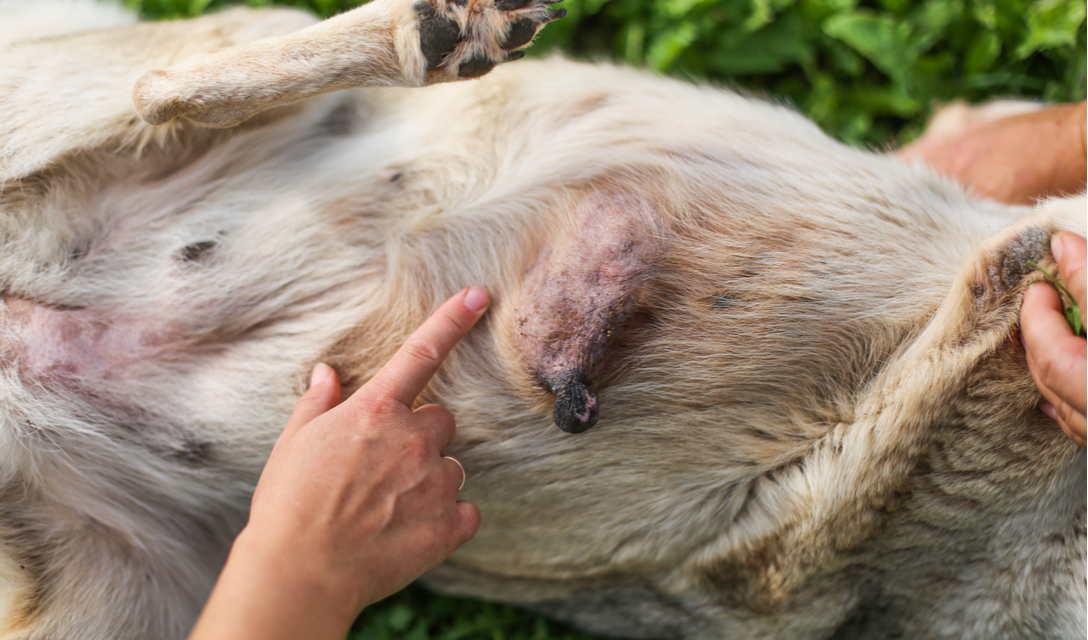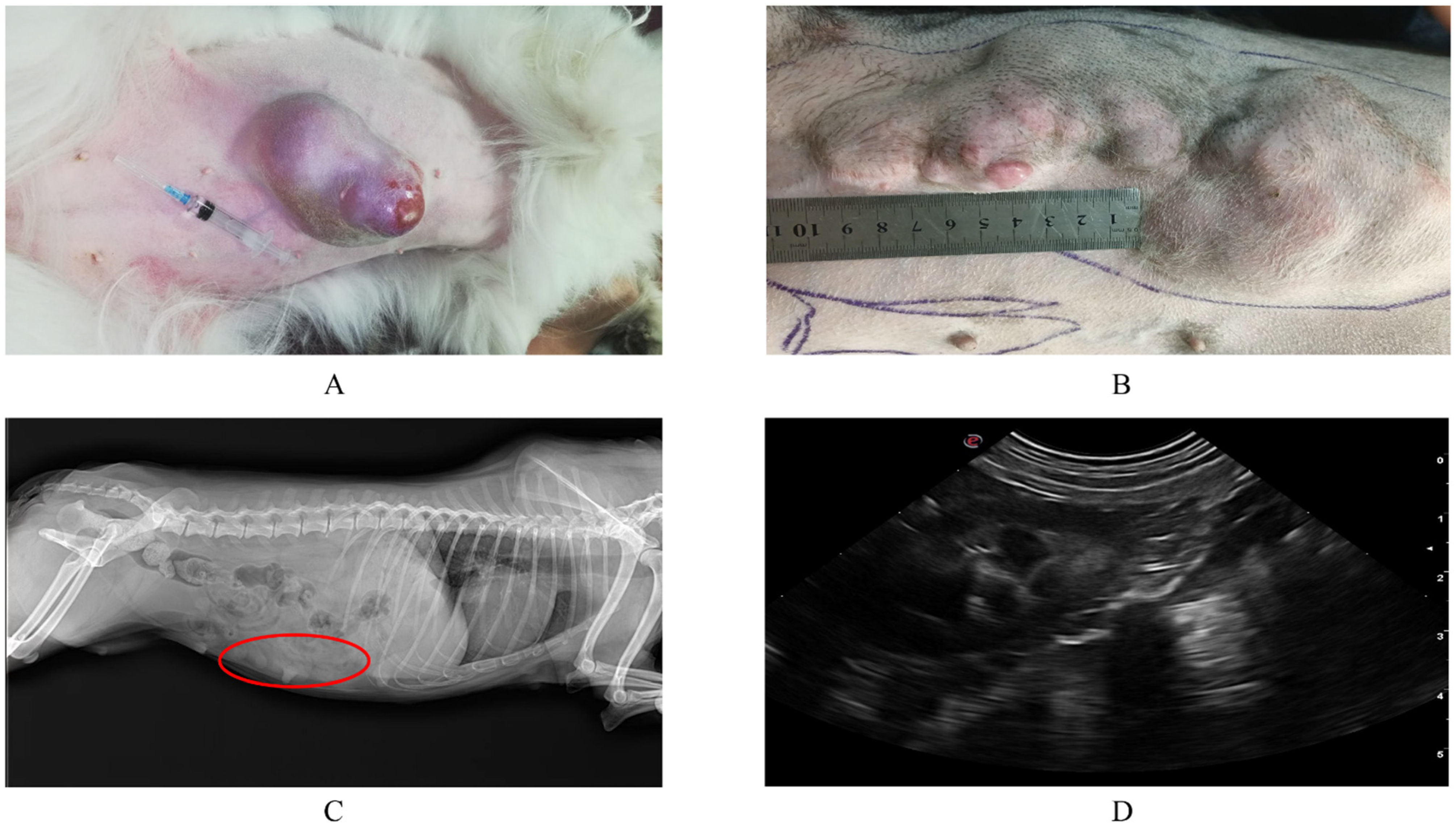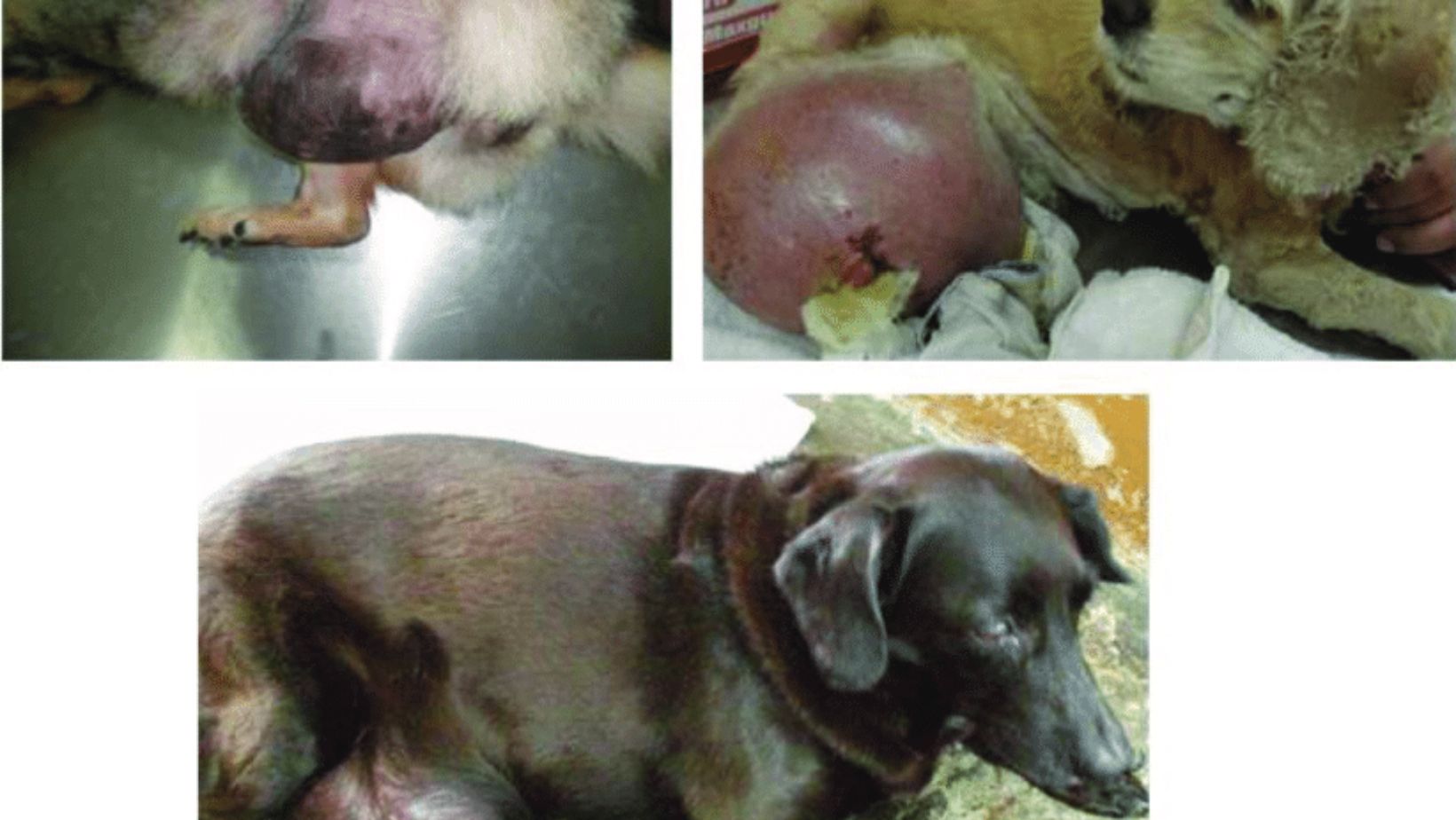Our faithful canine companions grace our lives with boundless joy and unconditional love. Yet, similar to humans, dogs can be afflicted by various health issues, among them mammary gland tumors. These tumors pose a significant concern for female dogs, underscoring the vital importance of awareness and understanding of this condition. In this discussion, we embark on a journey through the intricacies of mammary gland tumors in dogs, investigating their origins, preventive strategies, and the most effective methods for offering care and solace to our cherished furry companions.
Unraveling Mammary Gland Tumors
Mammary gland tumors, often recognized as breast tumors, manifest as abnormal growths within the mammary glands of female dogs. These growths can be either benign, indicating non-cancerous formations, or malignant, signifying cancerous developments. Female dogs, especially those that remain unspayed, are particularly vulnerable to these tumors, with their incidence rising as dogs age. While it is an exceptionally rare occurrence, male dogs can also develop mammary gland tumors.

Read more.. Going with Pets: Tips for a Pet-Accommodating Excursion
Determining Causes and Risk Factors
The precise origins of mammary gland tumors in dogs remain enigmatic. However, specific factors elevate the probability of their emergence:
- Hormonal Influences: Female dogs that have not undergone spaying, particularly before their initial heat cycle, face heightened risks.
- Genetic Predisposition: Certain dog breeds, such as Poodles, Dachshunds, and Spaniels, possess a genetic inclination towards mammary gland tumors.
- Age-Related Vulnerability: The likelihood of these tumors escalates with age, particularly among unspayed female dogs.
Prevention: A Fundamental Approach
The cornerstone of prevention lies in the timely spaying of female dogs, significantly reducing the likelihood of mammary gland tumor development. When performed before the first heat cycle, this procedure dramatically diminishes the chances of tumor formation. Additionally, regular veterinary examinations are imperative, aiding in the early detection of any abnormalities.
Care and Treatment: Nurturing Our Companions
- Early Identification: Vigilantly inspect your dog’s mammary glands for any unusual lumps, swelling, or irregularities. Should you observe any changes, promptly seek advice from a veterinarian. Early detection substantially augments the efficacy of treatment.
- Surgical Intervention: Surgical removal of the tumor, alongside adjacent tissue, often constitutes the primary mode of treatment. In instances where the tumor is benign and identified early, surgery can be curative.
- Chemotherapy and Radiation: Should the tumor prove malignant or exhibit signs of spreading, chemotherapy and radiation therapy might be recommended, aiming to impede disease progression.

Read more.. Discovering the Best Accessories for Your Beloved Cats Online
Providing Compassionate Support and Comfort
A cancer diagnosis is emotionally taxing for both the dog and its owner. Extend boundless love, comfort, and attention to your furry companion. Adhere meticulously to the veterinarian’s guidance concerning treatment, and ensure your dog’s environment is as comforting as possible. Regular follow-ups with the vet are indispensable to monitor your dog’s progress.
Conclusion: Empowering Canine Wellness
Comprehensive understanding of mammary gland tumors in dogs serves as the linchpin for their well-being. Through heightened awareness, proactive preventive measures like early spaying, and vigilant care, we can profoundly enrich the lives of our canine counterparts. Regular veterinary evaluations, coupled with astute observation of your dog’s health, constitute invaluable tools in guaranteeing their sustained happiness and vitality. By fostering an informed and proactive approach, we empower ourselves to provide unparalleled support to our beloved pets, enabling them to thrive in good health and contentment.
Read more.. Navigating the Maze: Unveiling the 5 Worst Health Insurance Companies in India




